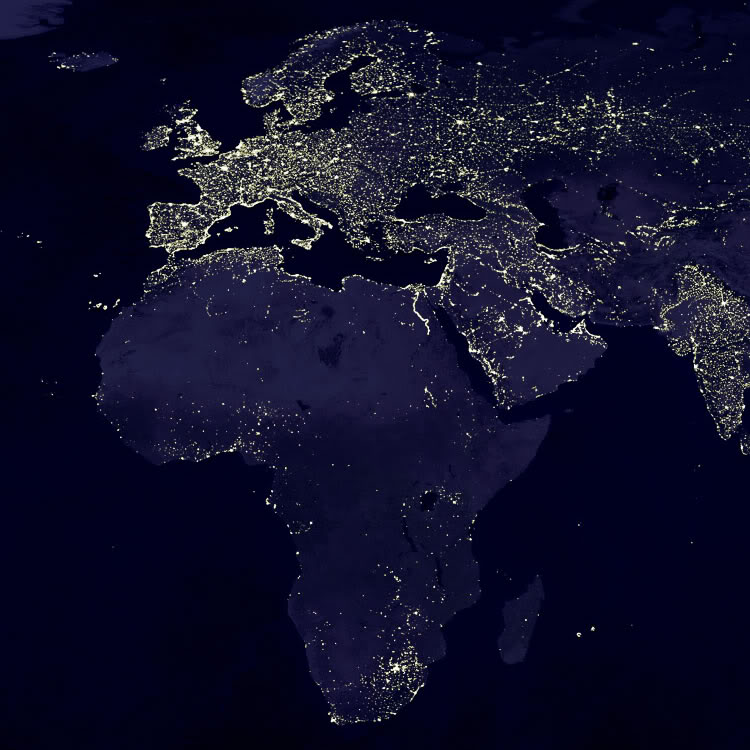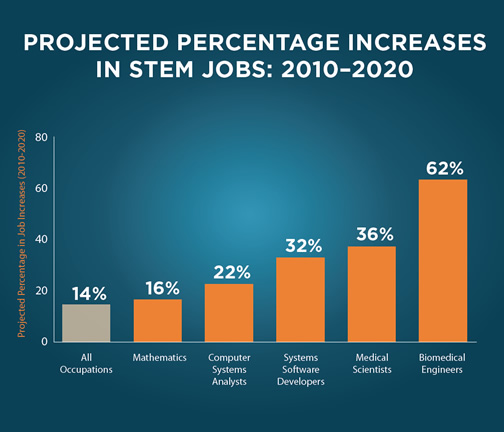Power Africa Initiative: One Year On
Last year President Obama launched the Power Africa Initiative, an ambitious plan to bring electricity to rural areas that lack access. The initial projection was to provide US$7 billion over five years in on-grid, mini-grid and off-grid solutions to 20 million households and businesses. Last month the Obama administration increased the financial commitment to US$20 billion to serve 60 million households and businesses. The power solutions will eventually develop geothermal, hydro, wind and solar energy.
More than two-thirds of the population of sub-Saharan Africa is without electricity access, and more than 85 percent of those living in rural areas lack access. Most people without power use candles and even cow dung, which can be very dangerous. Currently, for those who can afford it use diesel generators. The lack of electricity is quite possible the greatest barrier to development on the continent. Electricity is something those of us in industrialized countries take for granted. Better access to it will help the continent move forward both socially and economically.
Food security is impacted because better power access leads to better technological solutions to processing and distributing food. Electricity access also supports better international security. Poverty fuels extremist behavior worldwide. Power access provides more job creation, which in turn creates better economic opportunities for all. Many of these new jobs will be in the STEM fields, and will help Africa compete better on the global market, as well as improve ICT capacity in general.
I found this interesting VOA program that gets into what Power Africa has accomplished over the last year, and most importantly, what Africans think of the Initiative:
According to USAID, Power Africa has accomplished the following:
- Transactions brought to financial close will generate 2,792 MW
- 25% of total goal reached in first year
- Over 5,000 MW in process
- Nearly 3:1 leveraging of funds — $7 billion USG investment to more than $18 billion private sector financing
- First year results represent projects with a potential to power more than 5 million connections to African homes, businesses, schools, and clinics
Read the Power Africa annual report.



